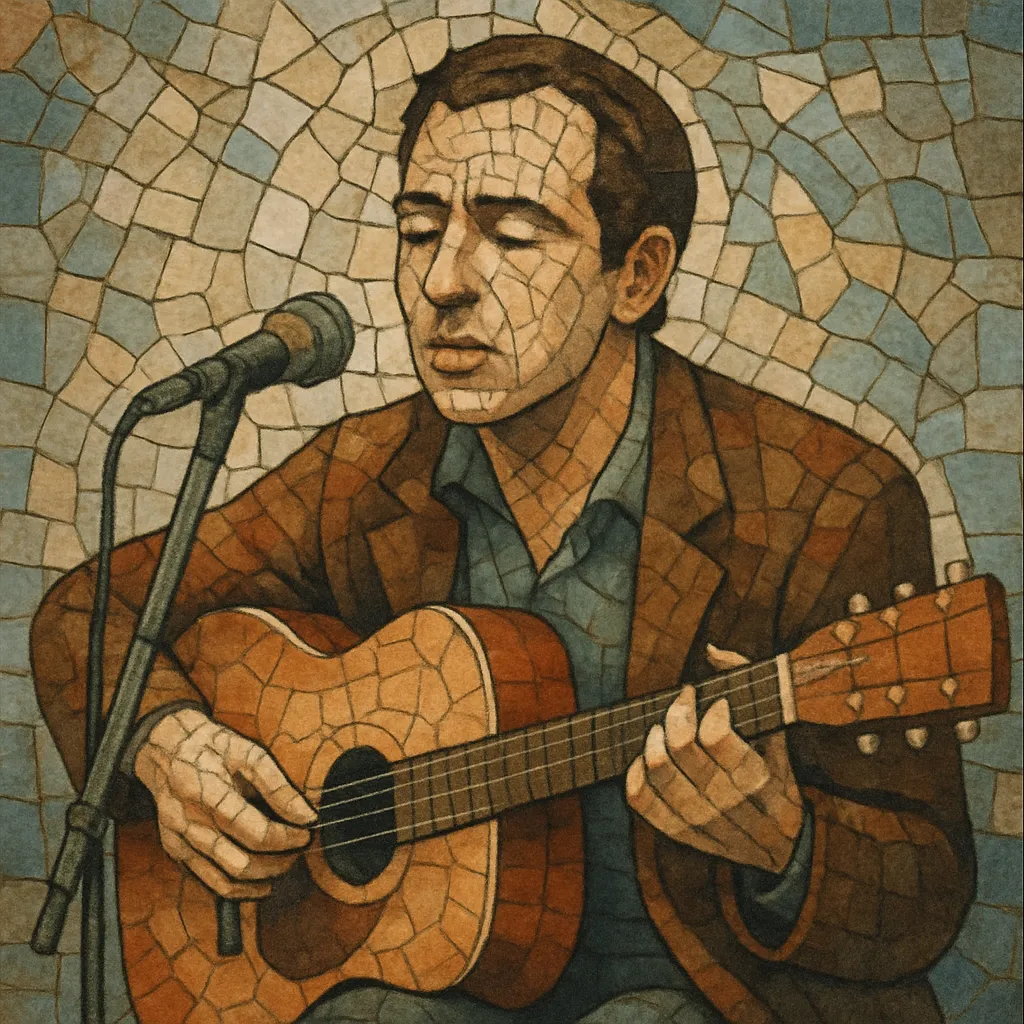Chanson à texte is a French singer–songwriter tradition in which the lyrics are the primary focus and are treated as refined, often literary texts. Songs privilege carefully crafted storytelling, poetic imagery, and social or existential reflection over vocal showmanship.
Musically, arrangements range from intimate voice-and-guitar or piano settings to lush orchestral backdrops drawn from cabaret and jazz idioms. Melodies follow the prosody of the words, diction is crystal-clear, and phrasing is expressive, allowing nuance and irony to come through. The overall effect is intimate, conversational, and highly narrative.
Rooted in the Paris cabaret scene and the broader tradition of chanson française, chanson à texte emerged as artists began foregrounding literary-quality lyrics and personal authorship. The postwar Left Bank milieu—cafés, existentialist circles, and small theaters—provided fertile ground for songwriter-performers who wrote and delivered their own texts with minimal, text-sensitive accompaniment.
The genre crystallized through emblematic figures whose songs combined wit, social observation, and poetry. Their performances emphasized clear diction and intimate delivery. Jazz harmonies, waltz and musette rhythms, and orchestral coloring entered the palette, but the lyric remained the central dramatic element.
As the form matured, it intersected with political engagement and social critique. The model of the writer-performer spread beyond France, inspiring parallel singer–songwriter movements in the Francophone world and across Europe and Latin America. The song became a vehicle for commentary, humanism, and personal confession.
While pop trends shifted, chanson à texte’s emphasis on lyric craft persisted, informing contemporary French chanson and influencing indie and singer–songwriter scenes. New generations continue to adopt the approach—intimate venues, literary writing, and arrangements that serve the text—maintaining its status as a living, writer-centered song tradition.


